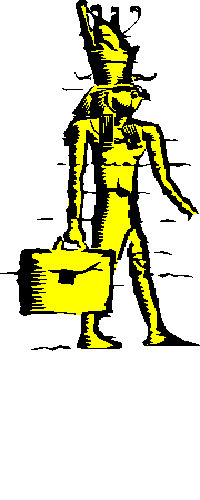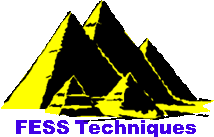
Messerklinger advocated FESS aiming at opening the diseased sinus at its natural ostium and possibly widen it to improve sinus drainage and ventilation. In Messerklinger technique, this was not entirely applied to the posterior ethmoid sinus and the sphenoid sinus in which the posterior ethmoid is opened through puncturing the basal lamella of middle turbinate and therefore draining the posterior ethmoid into the anterior ethmoid and not through its natural drainage via the superior meatus. The same applies to the sphenoid sinus which is punctured through the posterior ethmoid and not through its natural drainage ostium into the spheno-ethmoidal recess.
In the traditional
Messerklingerís FESS technique the phenomenon of recirculation of mucus between the natural ostium and the artificially made window has been documented.
the natural ostium and the artificially made window has been documented.
It is my personal preference to do posterior ethmoidectomy through a superior meatal approach so as to reestablish drainage of the posterior ethmoid through its natural mucocilliary drainage pathway. A second important benefit for performing superior meatal posterior ethmoidotomy is preservation of the entire middle turbinate basal lamella which is one of the essential pillars stabilizing the middle turbinate in place and thus preventing middle turbinate lateralization and middle meatal stenosis at the end of surgery and following the postoperative healing stage.
The significant development offered by the use of angled endoscopes, suction forceps, thru-cutting instrumentation and powered instrumentation is also well documented.
In many instances pathology such as polyps may entirely involves the superior meatus with less or no involvement of the posterior cells themselves. In traditional FESS technique this pathology may not be seen through the trans-basal lamella approach, if the superior meatus was not explored from the nasal cavity side.
Slide Show 1 & Video 26 show how easy to visualize the superior meatus and fenestrate it keeping in mind that the path and manipulations are at the level of the free edge of the posterior part of the middle turbinate at a distance of more than 1.5 cm from the skull base.
Video 26 "SMC with Cold Instruments"
Video 27 & Video 28 illustrate Superior Meatal Posterior Ethmoidotomy with cold instruments on left and right side respectively for polyps involving mainly the superior meati with clean posterior cells (the most posterior of them is Onodi cell with the optic nerve running in its lateral wall).
Video 27 "SM PEc with Cold Instruments, Left Side" Video 28 "SM PEc with Cold Instruments, Right S."
Video 29 highlights the benefits gained by powered instruments in Superior Meatal Posterior Ethmoidotomy.
Video 29 "SM PEc with Powered Instruments"
If the traditional FESS technique for posterior ethmoid is to be followed, it is wise to do a small fenestrum in the obliquely vertical portion of the basal lamella. The smallest fenestrum sufficient for visualization and manipulation is the best in order to leave sufficient basal lamella to support the middle turbinate.
Slide Show 2 shows the site for proper BL fenestration.
Video 30 demonstrates Tran-Basal Lamella Posterior Ethmoidotomy with preservation of the horizontal portion of the middle turbinate and parts of its vertical portion.
Video 30 "Trans BL PEc with Cold Instruments"